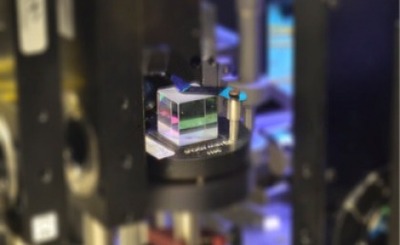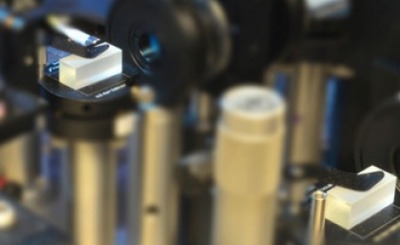Physicists measure quantum particles with unprecedented accuracy
The Heisenberg principle states that it is impossible to jointly measure two incompatible quantities, eg, speed and location, of a quantum particle with perfect accuracy. Yet physicists at The University of Queensland (UQ) have come very close to doing just that.
The scientists have performed joint measurements on single light particles with accuracy never seen before, developing methods that could help improve the most sensitive quantum sensors. They published their results in the journal Physical Review Letters.


Almost a century ago, quantum theorist Werner Heisenberg found fundamental limits on how well a quantum system can be prepared and measured, known as Heisenberg’s uncertainty principle. However, only the limit that pertains to the preparation of quantum systems has been quantified.
The other two limits, relating to measurements, have long been a matter of debate. These limits are that it is impossible to jointly measure incompatible quantities with perfect accuracy; and that a measurement of one of these quantities necessarily disturbs the other.
“The uncertainty principle is one of the central features of quantum mechanics, which has been misunderstood for the longest time,” noted Martin Ringbauer, PhD student at UQ’s School of Mathematics and Physics and lead author of the experimental study.
The researchers stated in their abstract that they tested tight measurement-uncertainty relations using single photons. They implemented two independent, idealised uncertainty-estimation methods - the three-state method and the weak-measurement method - and adapted them to realistic experimental conditions.
“Exceptional quantum state fidelities of up to 0.999 98(6) allow us to verge upon the fundamental limits of measurement uncertainty,” they concluded.
Last year, UQ’s Cyril Branciard proposed a new set of ‘uncertainty relations’ for the joint measurement of incompatible quantities, which describe the minimal disturbance that will occur for a given measurement accuracy.
According to Ringbauer, Branciard’s relations “quantify how accurately we can measure” and that “testing these relations, we are now able to show in the lab that we can actually reach this ultimate limit of accuracy”.
“This experimental work settles a decade-long debate - ‘Heisenberg-like’ relations do not hold for joint measurements,” he continued.
“Now that we have a complete theory, as well as experimental evidence, it is probably time to update the textbooks.”
Microplastics found to alter the human gut microbiome
Microplastic-treated cultures showed a consistent and significant increase in acidity (lower pH...
Sustainable, self-repairing, antimicrobial polymers developed
From medicine to electronics and optics, new materials developed by scientists at Kaunas...
A better way to create conductive polymers
New research disproves the longstanding belief that to create conductive polymers, substances...





